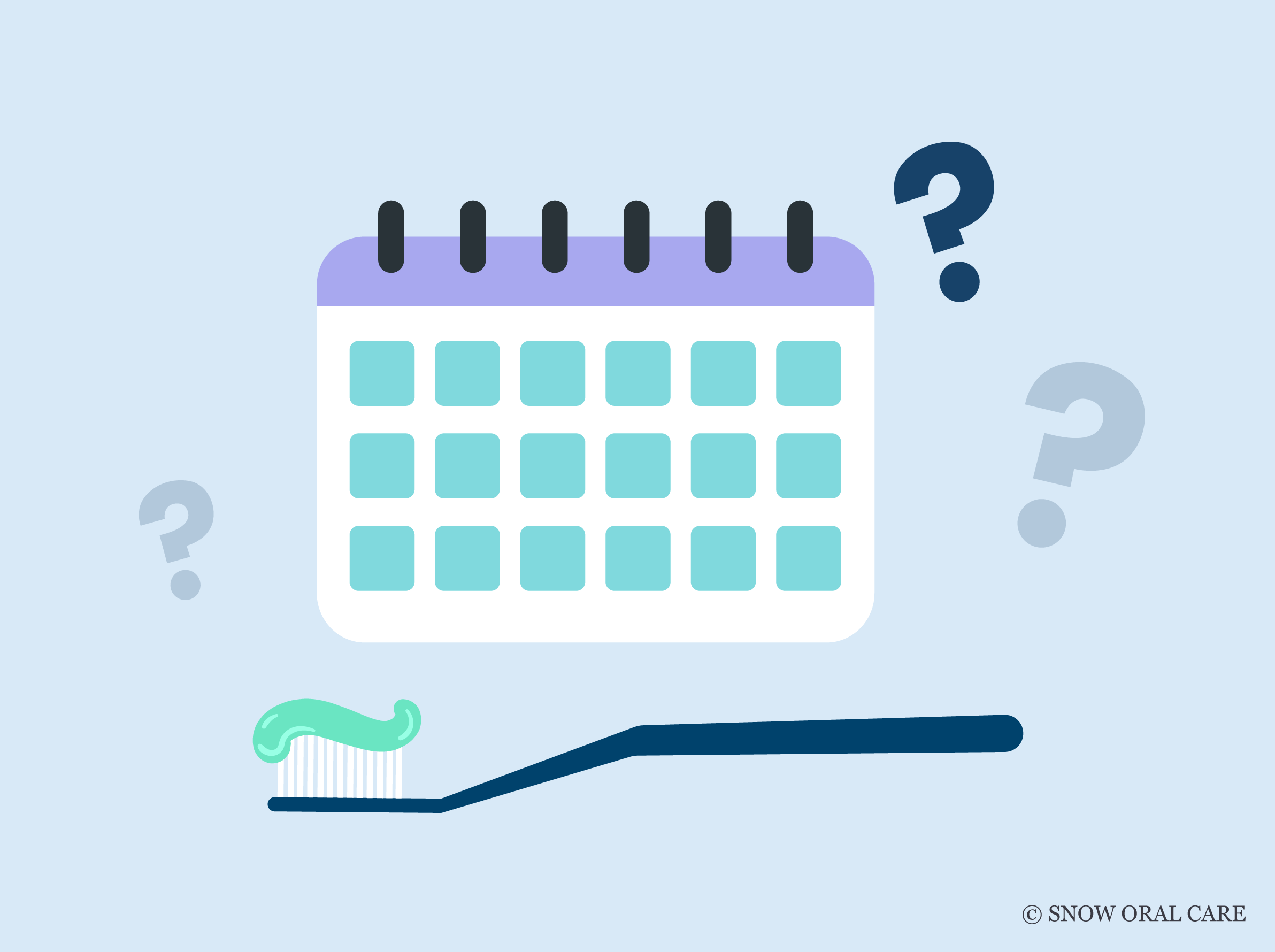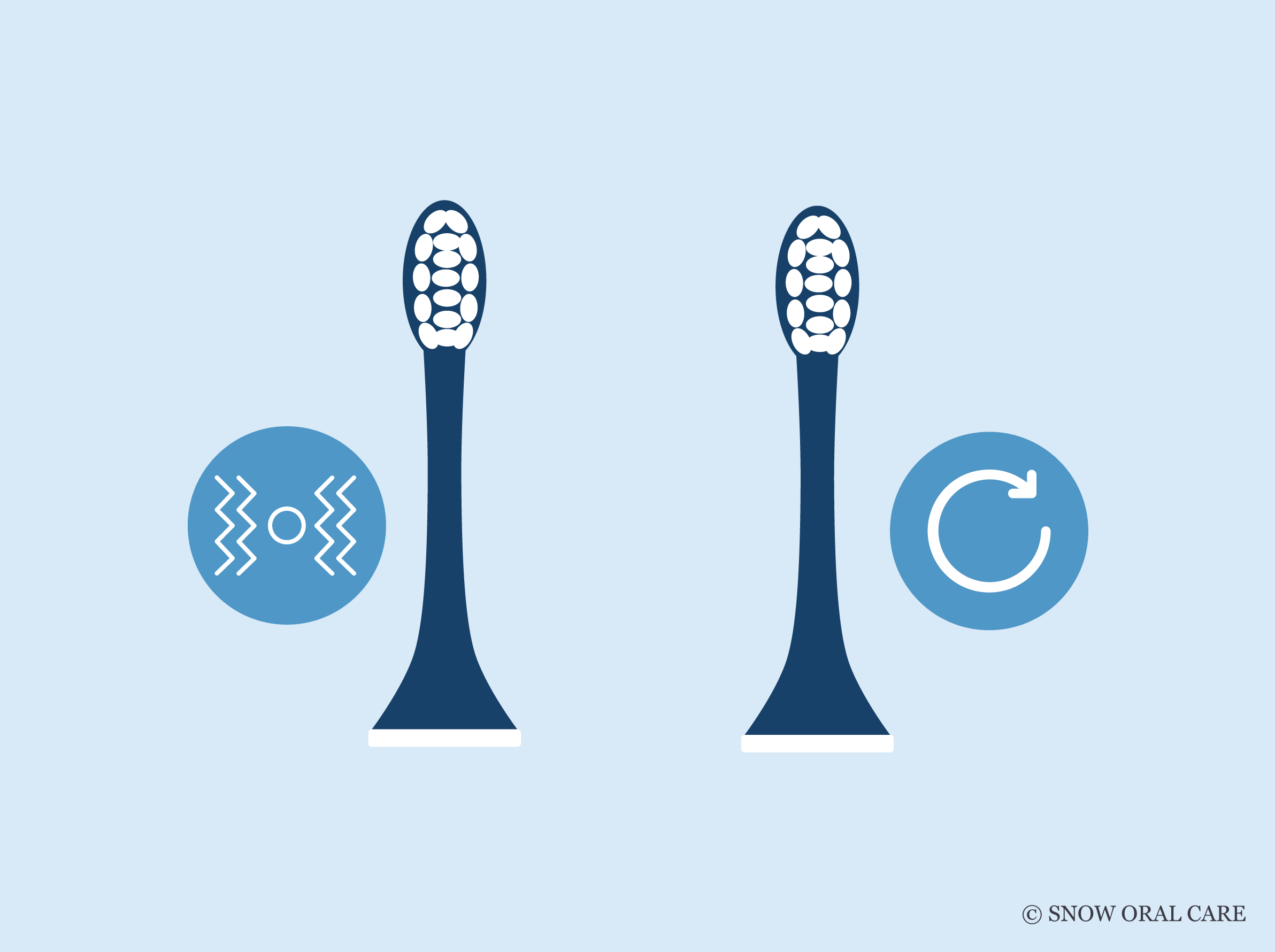How Chewing Gum Effects Your Teeth
Nobody loves a good piece of chewing gum quite like Buddy the Elf. Mmm … gummm!! One can only wonder if Will Ferrell chewed all of that gum himself before sticking all of it on the stair rails.
Buddy brings chewing gum to a whole new level—a rather gag-worthy, unhygienic, Covid-gasping level. Nobody wants that. ABC gum (Already Been Chewed gum) saw more love from Buddy than any elementary school kid ever showed in the history of germ-crusted school desks!
What is it about chewing gum that our American culture loves so much? Maybe it’s the way it relieves cotton mouth. Maybe it’s the way it hides the lingering stench of that garlic bread we had for lunch. Maybe it’s the pure joy of chewing. Or, maybe it’s the flavor.
Let’s talk flavor. Whether you’re a Doublemint girl who wants to double your pleasure and double your fun, or a Fruit Stripe kid who enjoys a very fleeting burst of flavor (very fleeting), or you’re a fan of the extra, extra long-lasting flavor of ExtraⓇ sugar-free gum, you love the flavor of your favorite gum.
Boy … chewing gum has taken quite the journey with its flavors throughout the years. And it all began with trees. Yep, trees. Sounds so yummy. Is your mouth watering?

About 6000 years ago, the people of Finland chewed “gum” derived from birch bark tar for its medicinal and antiseptic benefits. Mmm mmm mmm. Tasty tar. Now that seems like a bit of an oxymoron.
So, the next time you have a hankering for chewing gum but your pockets are empty, look for a lonely, pale-barked birch tree. You know exactly what to do. Peel the bark off and go to town, but be sure to bring some floss. Birch bark shards in your teeth are probably rather tedious little things.
The Finns were not alone in their discovery. People all over the world sought and found various tree-inspired means to satisfy their urges to chew.
The sun-loving Greeks chewed sap from the berry-filled mastic tree native to the Mediterranean and called it mastiche. Across the globe, the American Indians were known for their natural resourcefulness. They chose to use resin made from the sap of spruce trees to satisfy their need to exercise their chompers.
If you headed a little further south into sunny Central America, you’d find the ancient Mayans chewing yet another type of sap derived from their native sapodilla tree called chicle. (Chicle would later be the foundation for the chewing gum industry.)
Ohhh, the unsung uses of the evergreen tree! Who knew that your breath could be as fresh as a Carolina pine forest?!
It was John B. Curtis who initially capitalized on the tree-sap chomping when he packaged and sold the first chewing gum: the State of Maine Pure Spruce Gum. He was then followed by the many manufacturers using the Mayan discovery of chicle as the base for American chewing gum.
Americans love chewing gum. A whopping 165 million of us chew gum regularly to the tune of 1.8 pounds, or approximately 300 sticks per year. That’s some serious gum chewing!

Can you imagine if Trident’s next flavor was Spicy Spruce or Juniper Surprise? No thanks. We’ve come a long way from evergreen-flavored gum. Today, Americans partake in so many flavors ...
- strawberry
- tropical fruit
- vanilla mint
- peppermint
- spearmint
- wintergreen
- black licorice
- soda
- bubble-gum
These are only a few of the flavors available. All in all, there are 187 debatable flavors of chewing gum. And who could forget beloved cinnamon! “Brush your breath, brush your breath, brush your breath with Dentyne!”
What has all this chewing gum done for us? Well, that depends on several factors—the main one being the type of sweetener. Gum chewers must consider the sweetener.
Sugar-sweetened Gum
Any dentist will tell you that too many sweets leave sticky sugar on the teeth and can lead to tooth decay. The same is true for sugary chewing gum. Sucrose is not a friend of tooth enamel. Inside our mouths, sucrose metabolizes because of our oral bacteria. It results in a film and acid that sticks to the teeth which can lead to cavities.
Sugar-free Gum
There are nearly endless varieties of sugar-free chewing gum, also referred to as sugarless gum. If it has less than .5 grams of sugar per stick, it can be considered sugar-free. There are many chewing gum sweeteners that fit into this category:
- Erythritol
- Isomalt
- Maltitol
- Mannitol
- Sorbitol
- Xylitol
- Stevia
- Aspartame
Stimulated Salivary Activity
Simply chewing will activate salivary flow. So, chewing gum has an amazing effect on the flow of saliva. In fact, chewing gum increases the flow rate of saliva by 10 to 12 times its stagnant rate. Sweetened, flavored gum will do a much better job at this than unsweetened, unflavored gum. (So, basically if you were planning to chew on tree sap to increase saliva, you’d have better luck with some good old Trident.)
Why are we talking about spit? Well, a healthy amount of spit has its advantages when it comes to our teeth. Spit helps to neutralize and clear the acid that would otherwise sit in our mouths causing cavities and nasty breath. Chewing sugar-free gum will increase saliva and in turn, ease swallowing, decrease bad breath, protect enamel, and help prevent cavities.
Fresh Breath
Many of us have been sucked in by gum commercials associating their products with dating and the importance of fresh breath. Nobody wants dragon breath for an important encounter. So what do we do? We grab some gum. The extra saliva works to wash away bad-breath germs, and the flavoring does its part to mask any remaining scent.
Many an uncomfortable, garlic-laden or suffocating, stale-coffee scented, close-quartered car ride has been saved by extra sticks of gum! Dentyne was definitely onto something when they told us to brush our breath.

Chewing Gum Satiates a Sweet Tooth
Grabbing a stick or two of gum can help satisfy an insatiable sweet tooth. If you don’t have much of a sweet tooth, this may not make much sense to you. But for those of us who love our chocolate chip cookies, brownies, pies, or snickerdoodles, chomping away on gum has served a great purpose in staving off cravings, reducing calorie intake, and protecting our teeth.
Remember, sugary treats are bad news for teeth! The more sugar we have, the more destructive acid is present, and the higher the likelihood of forming plaque and developing gingivitis.
Prevents Cavities from Forming By Chewing Gum
As previously mentioned, chewing gum promotes extra saliva production in our mouths. This extra saliva production helps to not only prevent cavities by washing away excess food particles, bacteria, and acid, but also deposits key nutrients needed to strengthen our tooth enamel. Saliva carries calcium and fluoride throughout our mouths to be deposited on the surface of teeth while fortifying the enamel.
Gum Cleans Teeth Surfaces
Although it’s a little unpleasant to pop in a piece of super minty gum after eating an orange marmalade sandwich, it happens to be a smart choice. (To imagine this lovely taste sensation, think of this like brushing your teeth and following up with a tall glass of orange juice.)
We’ve already discussed that the excess saliva production helps to wash away cavity-inducing particles. The process of chewing gum also grabs tiny particles from areas that are hard to reach because it acts like a little scrubber of sorts.
This is the perfect thing to keep in mind when you’re away from home. Whether you have the munchies, grab lunch, or are on a road trip, keep sugar-free gum handy for healthier teeth. What’s more, it’s a great reason to give your kids chewing gum when you’re out and about!
Teeth Brightening Through Chewing Gum
American culture calls their teeth pearly whites for a reason. We like our teeth to be bright white. We employ things like baking soda, peroxide, charcoal, and coconut oil to remove stains and whiten our teeth.
Having white teeth is a big deal these days. All of our coffee drinking, tea sipping, and overuse of mouthwash only serves to make matters worse for our teeth.
Chewing gum has made advancements in this area, too. There are some types of whitening gum that actually prevent stains by coating the teeth.
The Best Gum Chewing Choice For Your Teeth
Choosing sugar-free gum that is approved by the American Dental Association is the absolute best choice for healthier gum chewing. The ADA has an actual group of scientific experts who assess the effectiveness and safety of products in regards to their dental implications.
In order to get the seal from the ADA, certain requirements must be met. Just because a gum label says “sugar-free” doesn’t mean it boasts an ADA label. The chewing gum manufacturers must prove that they meet the standards set up by the ADA in order to bear the coveted label.
Chewing gum must be sugar-free to be considered for ADA approval. This means they can only contain sweeteners that do not cause cavities, such as xylitol and sorbitol. This list includes:
- Bazooka Sugar Free Bubble Gum
- Trident
- Orbit Sugarfree Gum
- Eclipse Sugarfree Gum
- ICE BREAKERS ICE CUBES Sugar Free Chewing Gum
Is Chewing Gum Bad for Your Teeth?
Chewing sugary gum is bad for your teeth. Period. If you’re going to chew, choose wisely. Sugar-free chewing gum with the ADA seal of approval is the way to go. And now, you have a list of gum to pick from that is safe for your teeth!
Negative Side Effects Of Chewing Gum
There are several negative side effects to chewing too much gum. According to teeth whitening, sugar-free gum has side effects that can vary depending on their ingredients:
- The aspartame contains phenylalanine which can pose a danger to people who suffer from phenylketonuria (PKU).
- Sorbitol used in excess has been reported to cause issues with digestion, such as diarrhea and, in some instances, considerable weight loss.
- An aspartame allergy can be the cause of hives any place on the body, as well as the being the instigator for gastrointestinal or respiratory issues.
- The action of chewing can cause jaw muscles to tighten, so chewing gum of any type in excess may incite jaw pain. Gum chewing can also be linked to temporomandibular joint pain (TMJ),
Wear Braces?
Bad news. You already know what’s coming because your orthodontist was very clear about the use of chewing gum mixed with orthodontia. It’s a big, fat NO-NO. If you have braces, you should not chew gum of any kind to keep from damaging your braces.

Chewing gum can have positive benefits for our teeth:
- Stimulated Salivary Flow
- Fresh Breath
- Satiates a Sweet Tooth
- Prevents Cavities from Forming
- Cleans Teeth Surfaces
- Teeth Brightening
Chewing gum is no substitute for proper oral care.
Brushing our teeth twice a day and flossing once a day is still the best course of action for keeping our teeth healthy. That is not up for debate. The ADA consistently recommends using an approved toothpaste containing fluoride along with some form of flossing (or other interdental cleaners). It is the tried and true way to maintain a healthy mouth—in between bi-annual dental visits, of course!
Another Option for Healthy, White Teeth
You already know the importance of choosing sugar-free gum, brushing twice a day, and flossing. There are additional ways to whiten your teeth that don’t involve chewing gum.
Snow is a gentle, effective and affordable tooth whitening system. Tooth whitening at your dentist can be pricey, which sometimes pushes people toward veneers because they believe it can serve as a more permanent choice.
You should know that Snow is available for a fraction of the cost of veneers. It is just as effective for creating a beautiful, white smile. In fact, our main teeth whitening system, which lasts through several applications, is available for one tenth of the price of the average porcelain veneer!
While we like to think that Snow creates miracles when it comes to whitening, you can’t ignore real damage to your teeth. Irregularities, cracked, chipped, and painful teeth should always be addressed with your dentist.
Snow is the way to enhance your smile with brighter teeth and renewed self-confidence. Snow is effective on all kinds of teeth —yes, even the most sensitive. Our formula is designed to be kind to your enamel—meaning that your teeth will come out whiter, without wincing in pain.
And remember, an apple a day keeps the doctor away—not the dentist! So, chew sugar-free gum and always “brusha, brusha, brusha!”














































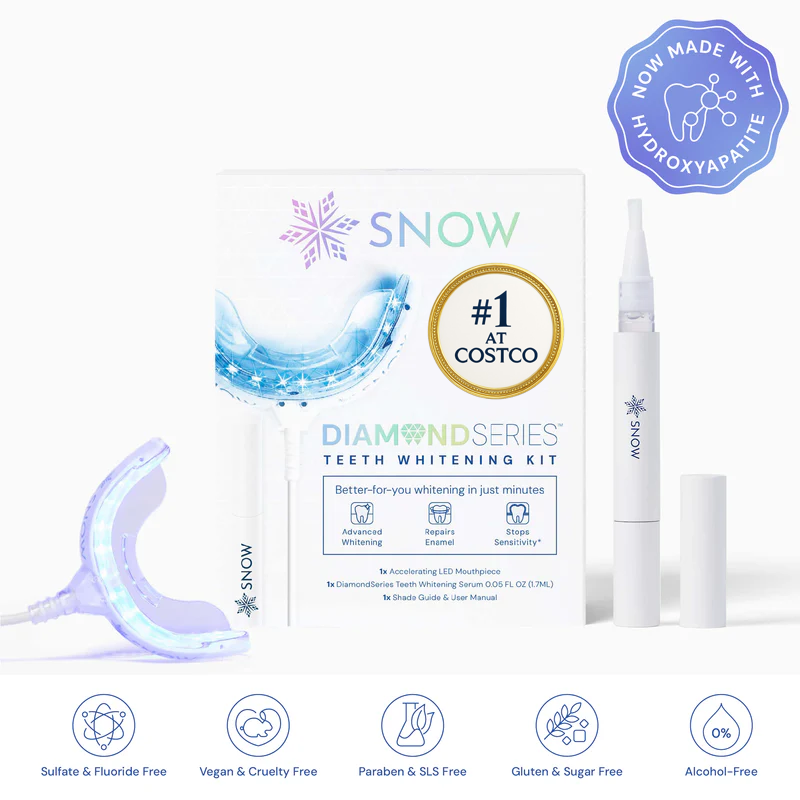
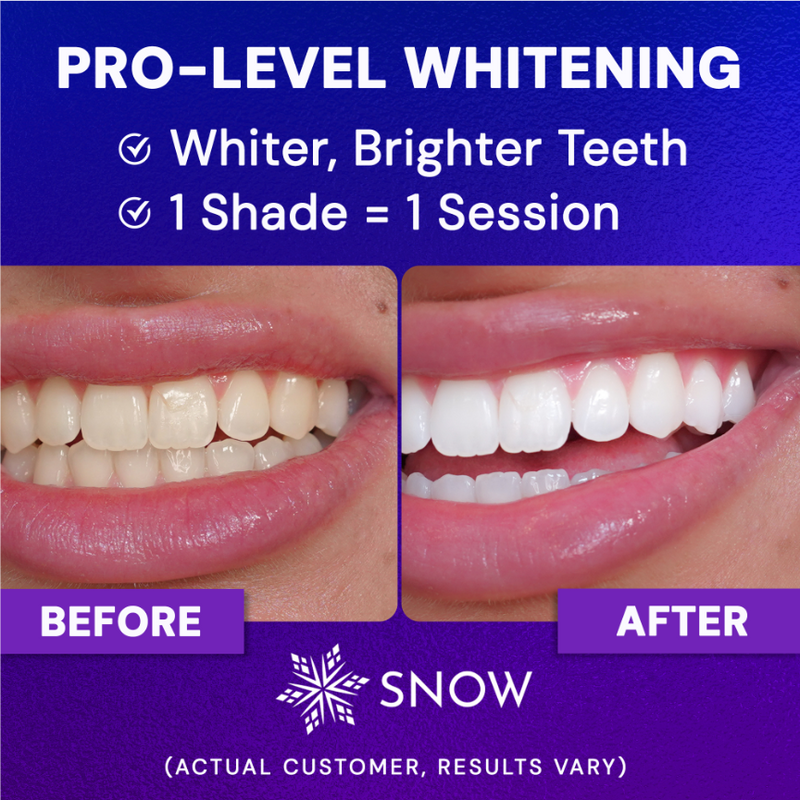
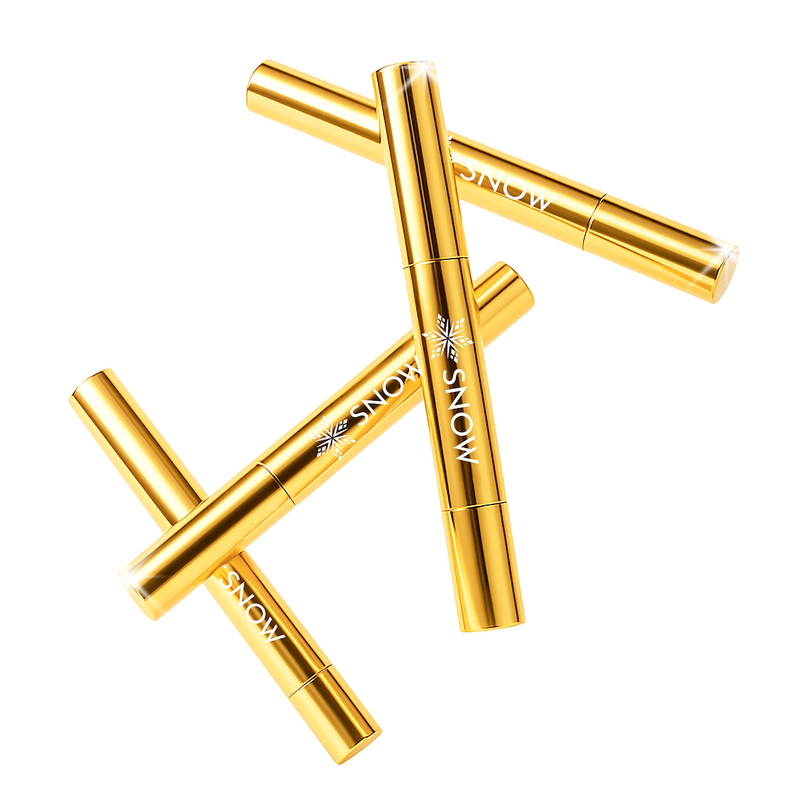

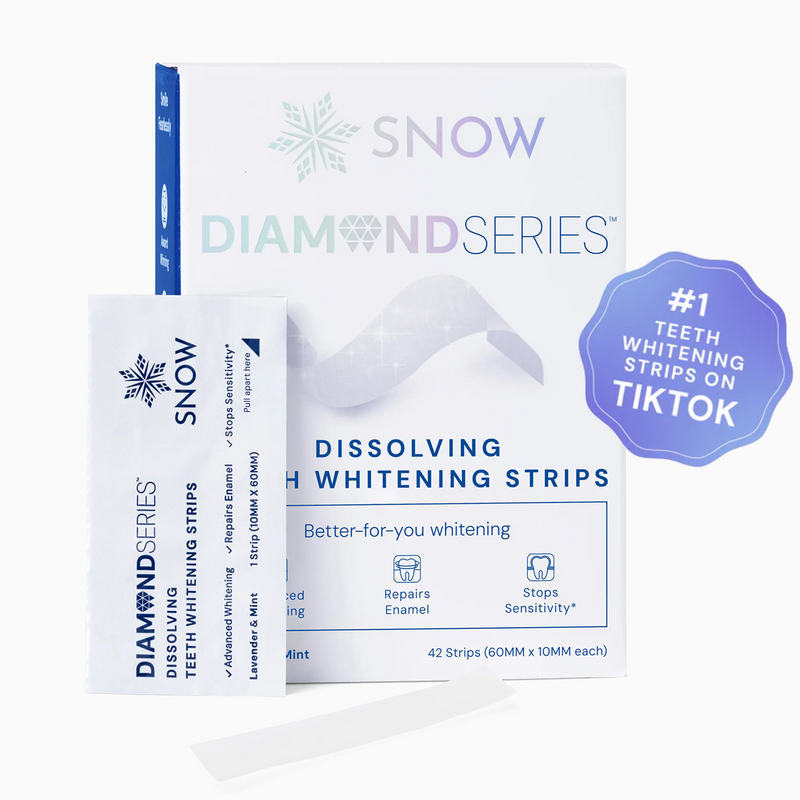
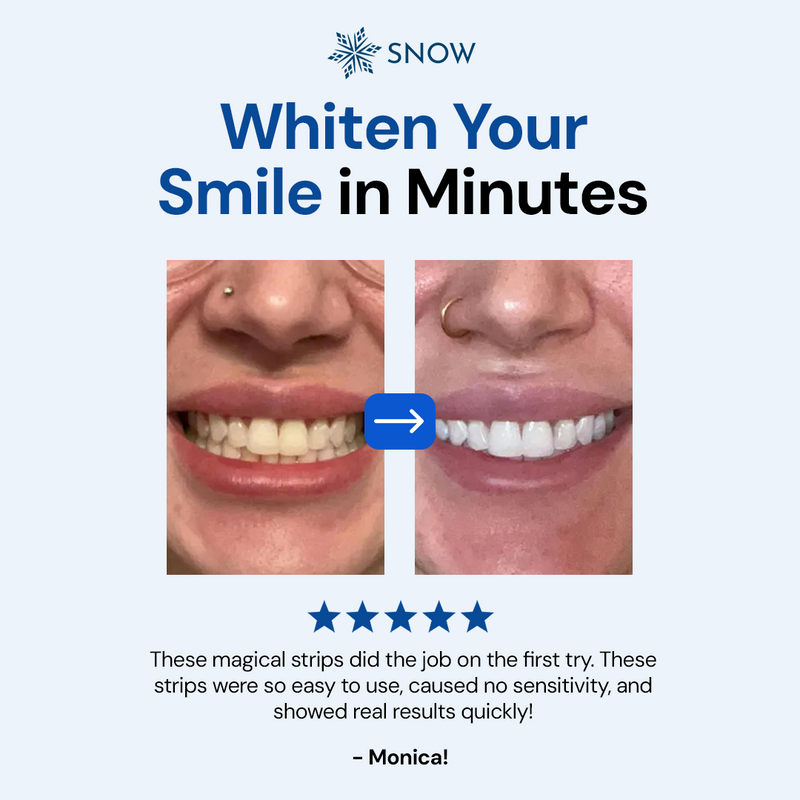
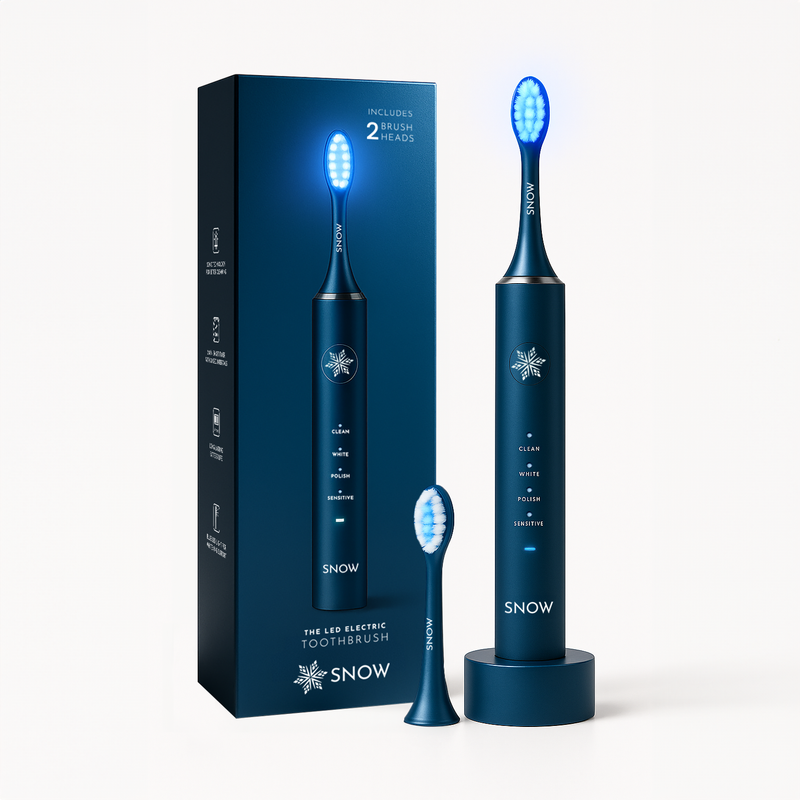

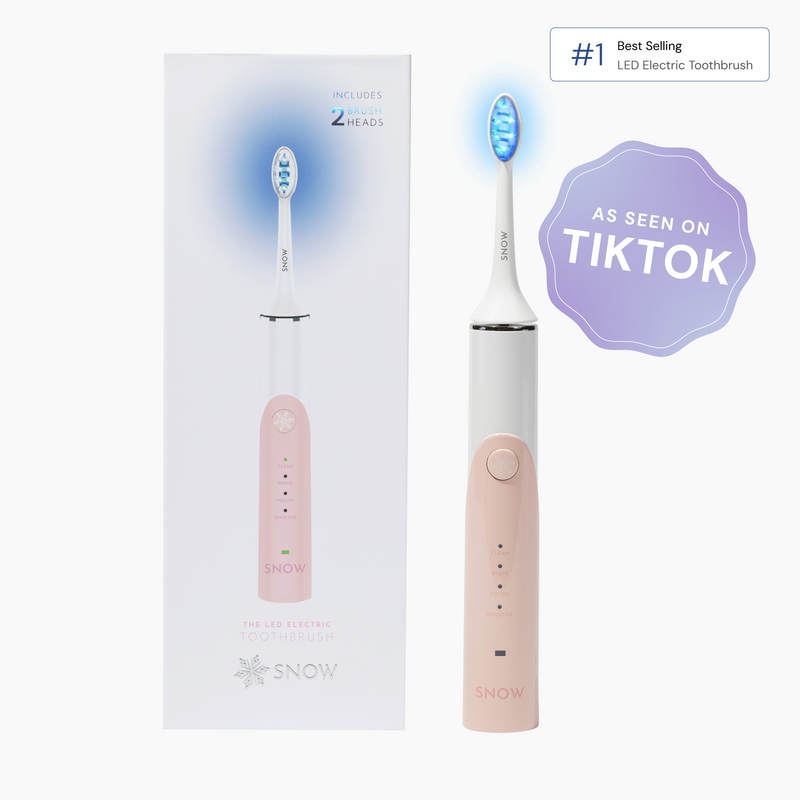
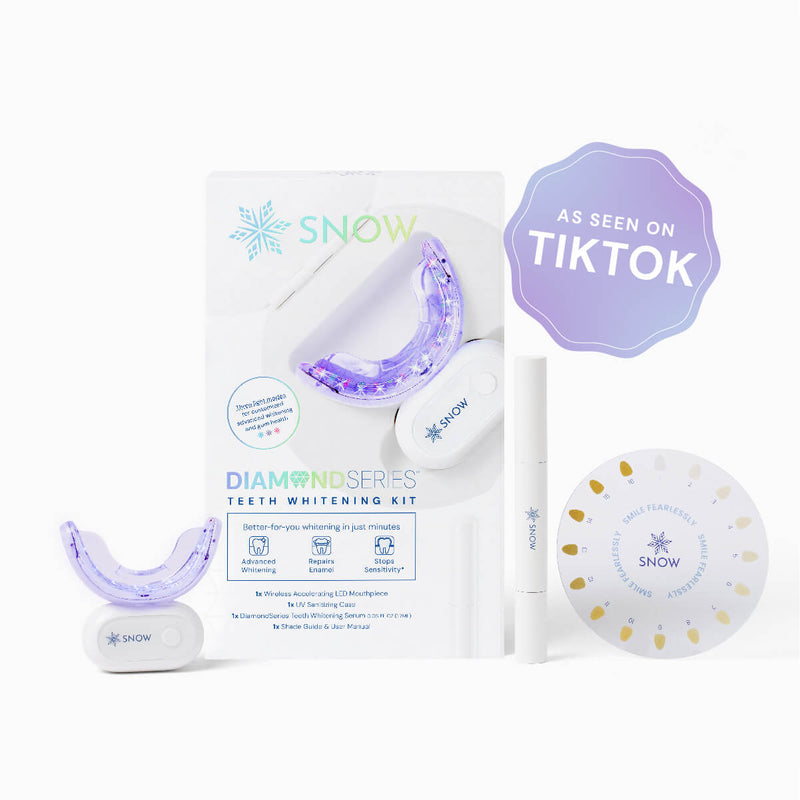
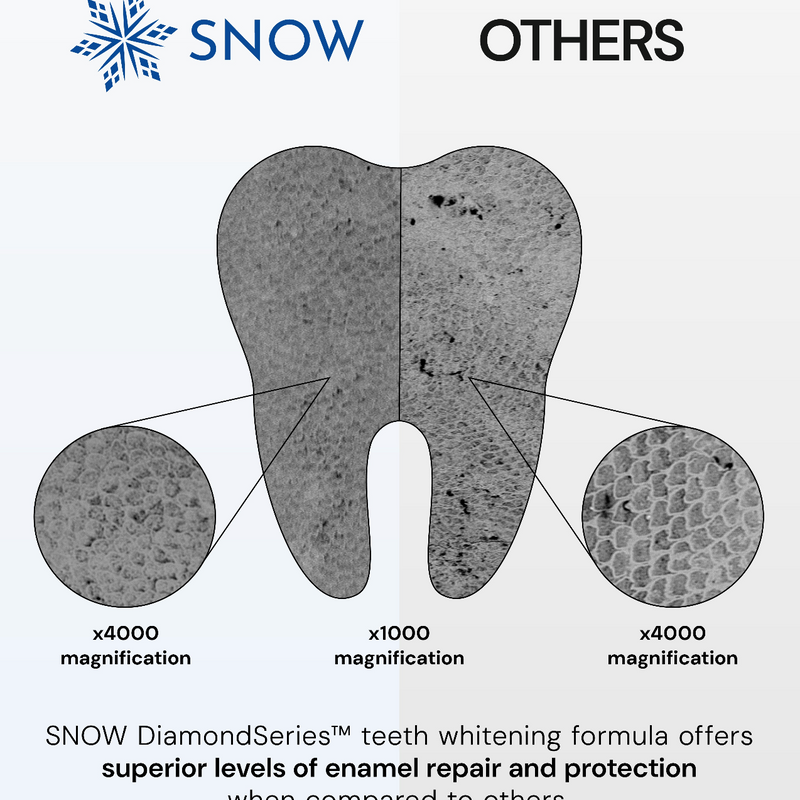
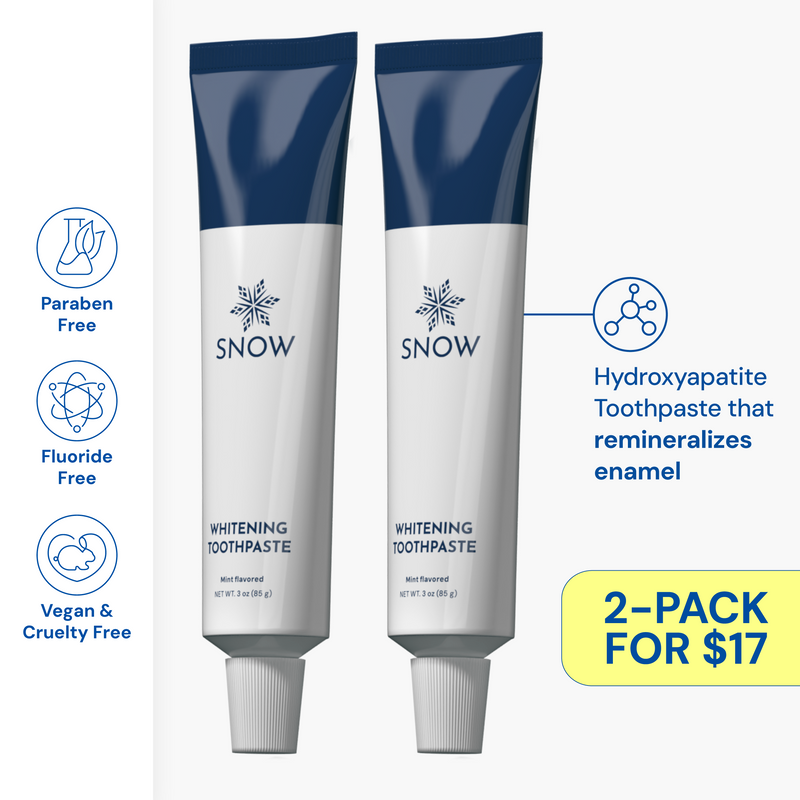
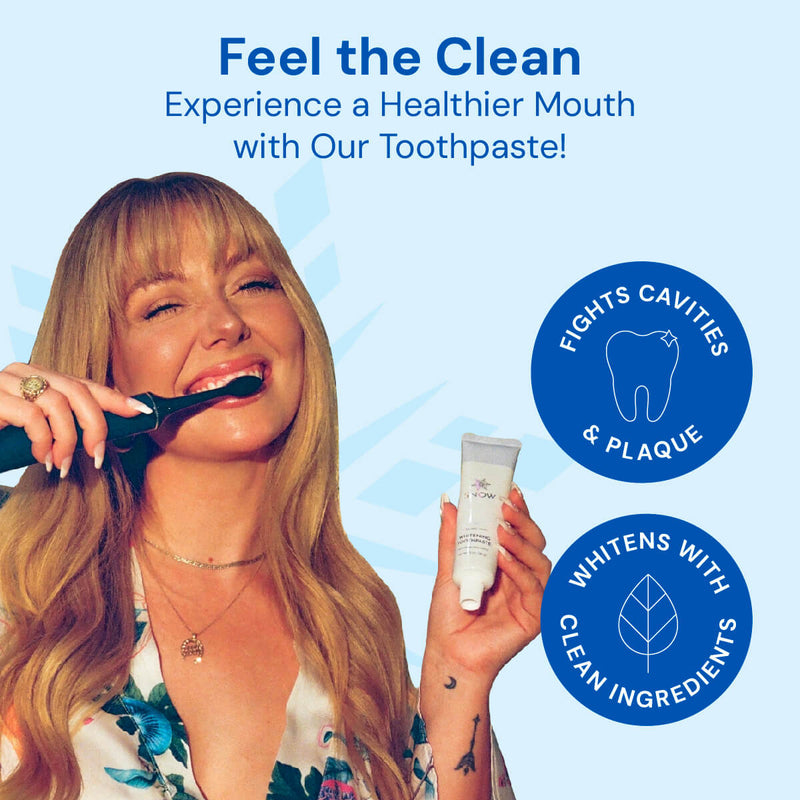
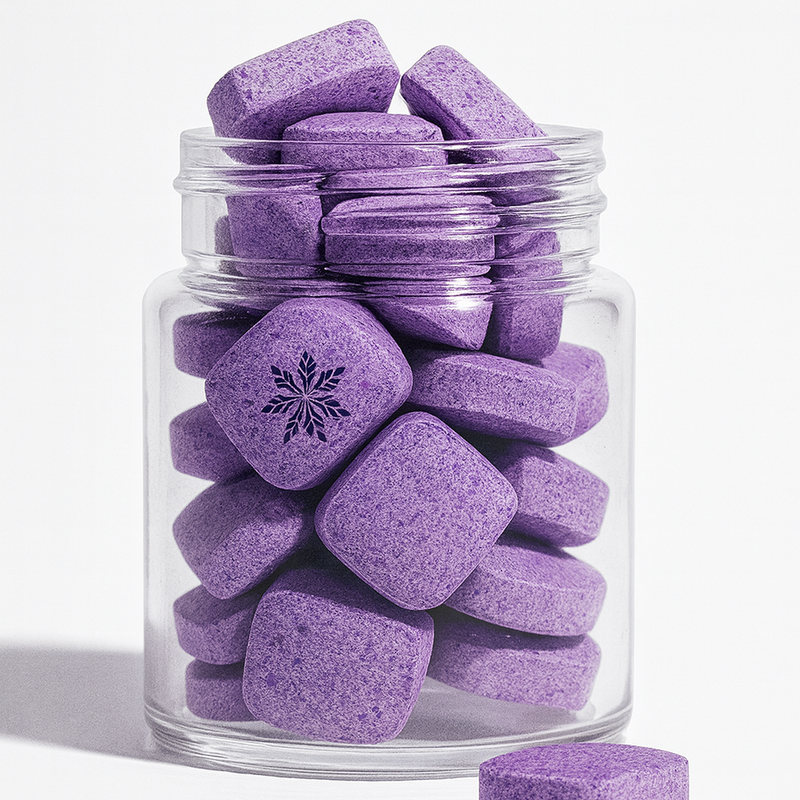
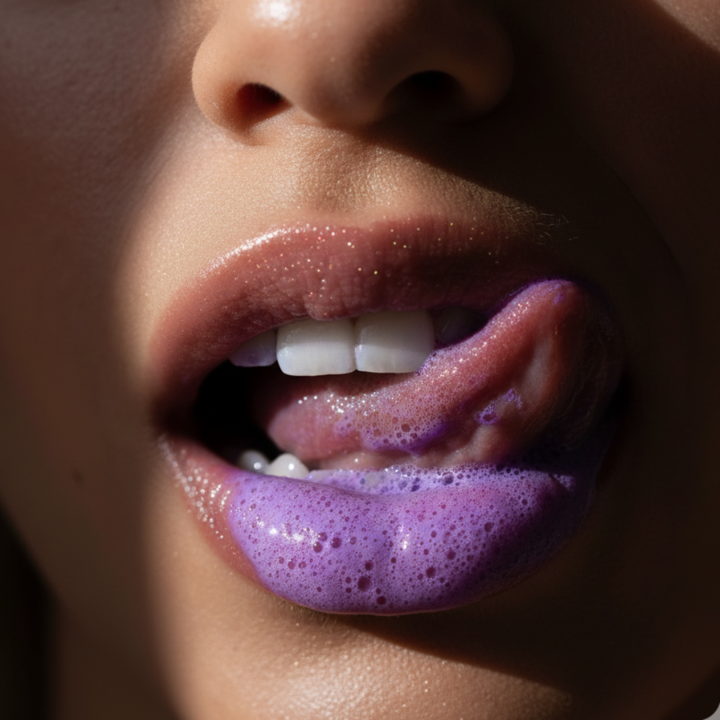
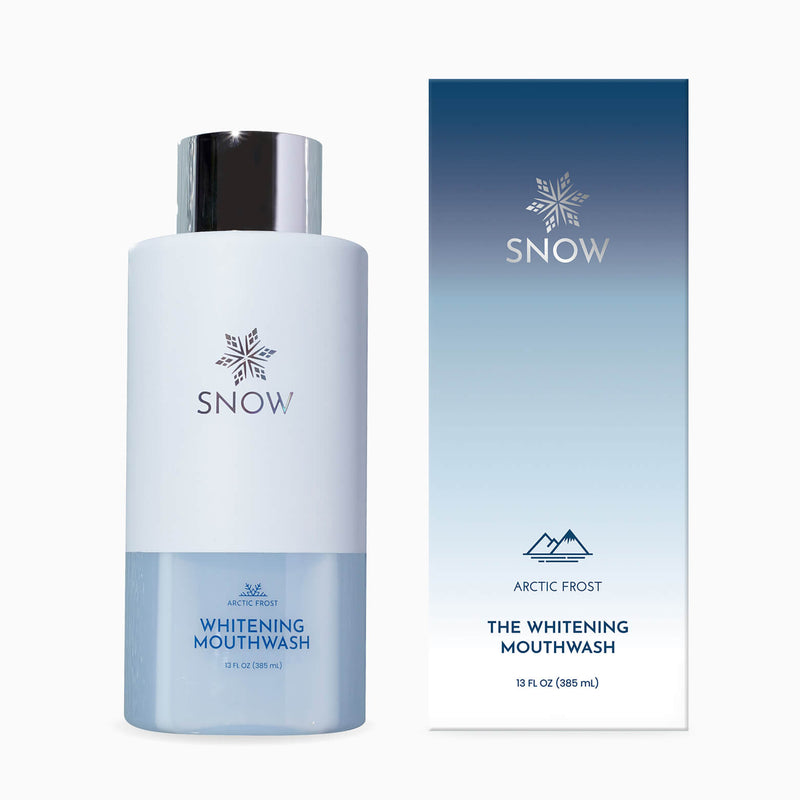




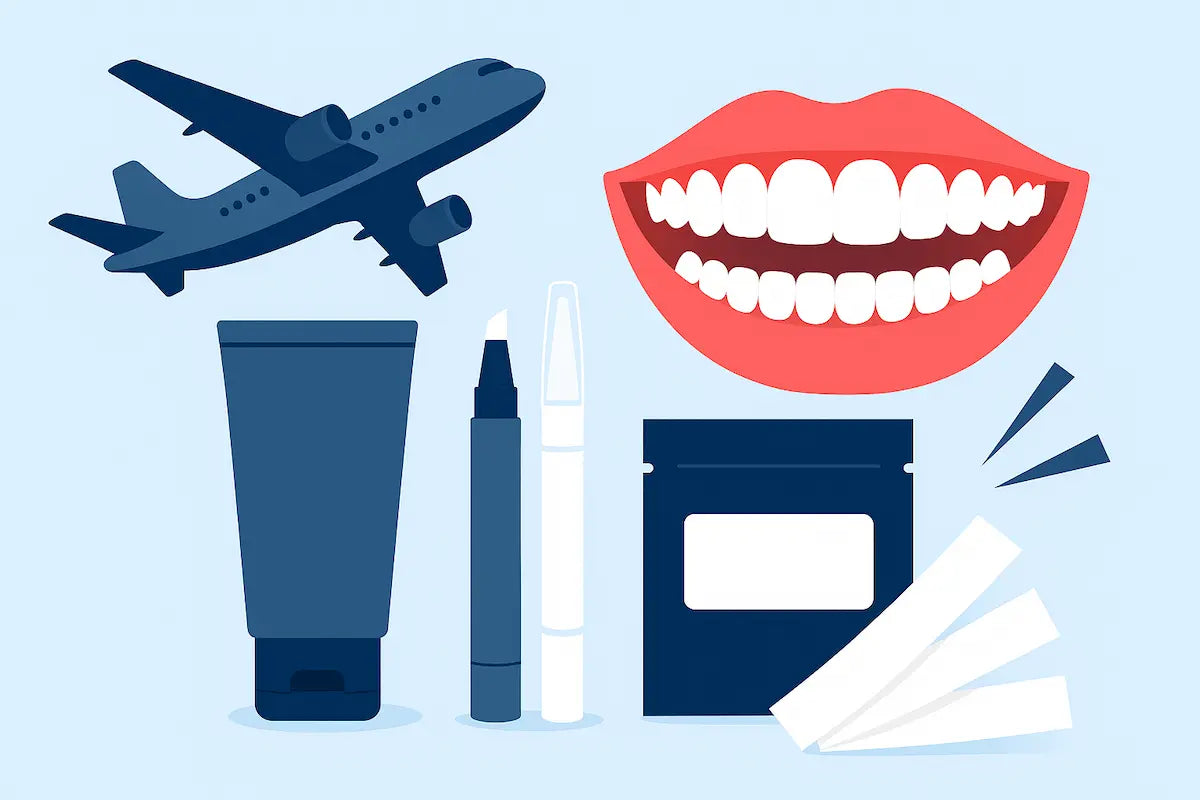
![The 7 Best Dissolving Teeth Whitening Strips of 2025 [Tested & Reviewed]](http://www.trysnow.com/cdn/shop/articles/Best_Dissolving_Whitening_Strips_f255d438-ec16-4864-88ee-a490b9b5c865.webp?v=1761235799)
